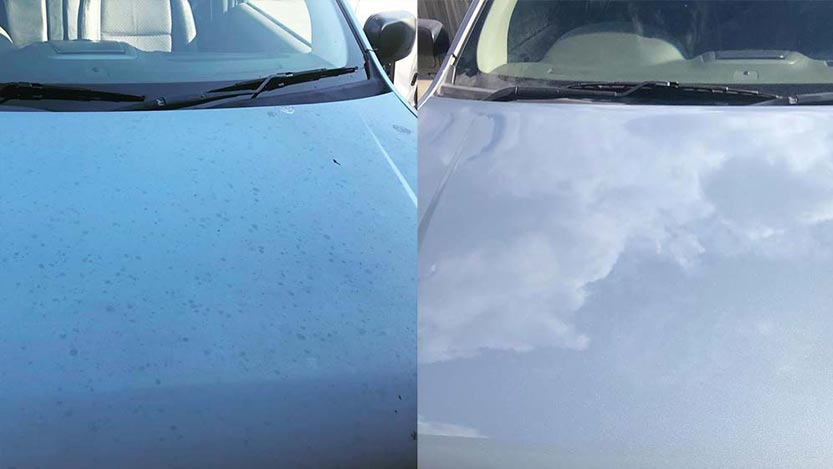


Understand the key differences between paint correction and polishing to choose the right solution for your car’s finish.
Maintaining a vehicle’s paint is crucial for preserving its aesthetic appeal and protecting its resale value. Over time, cars accumulate swirl marks, scratches, and oxidation, diminishing their once-pristine shine. Car owners often turn to either paint correction or polishing to restore their vehicle’s finish, but these two processes are frequently confused.
Understanding the differences between paint correction and polishing is essential for choosing the right approach to restore a car’s paint. In this guide, we’ll break down what sets these two techniques apart, how they work, and when to use each one for optimal results.
Paint correction is a meticulous process designed to remove imperfections from a car’s paint surface, including swirl marks, scratches, oxidation, and holograms. Unlike simple polishing, paint correction goes beyond surface enhancement to restore the integrity of the paintwork by permanently eliminating defects rather than just concealing them.
Paint correction typically involves multiple stages, starting with an in-depth inspection of the vehicle’s paint condition using specialized lighting. The process includes:
Polishing is a paint enhancement technique used to refine and improve the appearance of a car’s surface. Unlike paint correction, which removes deeper defects, polishing is primarily focused on enhancing gloss, removing minor imperfections, and improving surface smoothness.
Polishing involves using an abrasive polish in combination with various pads to smooth out minor surface defects. The process typically includes:
|
Feature |
Paint Correction |
Polishing |
|
Objective |
Removes deep scratches and swirl marks |
Enhances gloss and removes minor defects |
|
Process Complexity |
Multi-stage (compounding, polishing, refining) |
Single-stage (light abrasives and polishing pads) |
|
Longevity |
Long-lasting results (years if maintained properly) |
Temporary improvement (months) |
|
Tools Used |
Machine polishers, cutting compounds, fine polishes |
Polishing pads, finishing polishes |
|
Best For |
Restoring heavily damaged paint |
Enhancing appearance with minor correction |
Both paint correction and polishing play crucial roles in maintaining a vehicle’s exterior, but they serve different purposes. Paint correction is the go-to solution for removing deep imperfections and restoring the paint’s integrity, while polishing is ideal for enhancing shine and addressing minor blemishes.
For car owners looking to maintain their vehicle’s pristine look, a combination of both techniques may be necessary at different stages of car care. If you’re unsure which option suits your car best, consulting a professional detailer can help determine the right approach.
